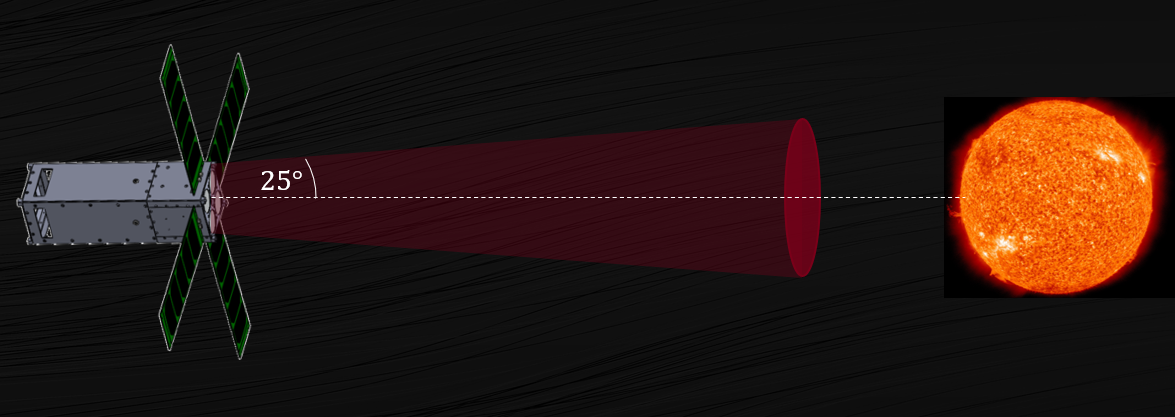
The IMpulsive Phase Rapid Energetic Solar Spectrometer (IMPRESS) is a solar science mission that will fly a hard X-ray (>10 keV) spectrometer on a 3U CubeSat to investigate particle acceleration in solar flares. IMPRESS will perform soft and hard X-ray (SXR and HXR, respectively) spectroscopy of solar flares in the rising phase of Solar Cycle 25. IMPRESS is optimized to observe high-cadence HXR and SXR spectra from a wide range of solar flares (targeting C1 to X1 class flares) without saturating the detector and without the need for disruptive movable attenuators. These measurements will be used to (1) investigate sub-second variations in HXR flux that strongly constrain flare acceleration timescales; (2) perform a mission of opportunity by co-observing HXRs from solar flares along with the Spectrometer/Telescope for Imaging X-rays (STIX) onboard Solar Orbiter, systematically studying directivity; and serve as a HXR monitor of flares associated with solar eruptive events that will drive space weather in the next solar cycle.
The IMPRESS detectors are four CeBr scintillator crystals read out by silicon photomultipliers and one Amptek X123 silicon drift diode. To capture fast time variations, these detectors will produce 4-12 keV SXR spectra at a 1 Hz cadence and 8-100 keV HXR spectra at a 32 Hz cadence. The payload is carried on a 3U CubeSat platform. IMPRESS has a target launch date of late 2021 with a planned minimum mission life of at least 6 months.
The data acquired by will be used to help understand how solar flares accelerate particles to extraordinarily high energies. Fast bursts undistinguishable to previous solar-dedicated HXR imagers (e.g. RHESSI) will be analyzed to understand their durations and distributions, placing key constraints on particle acceleration processes. Coordinated observations with STIX will systematically studying HXR directivity, providing a quantitative test of the thick-target model of solar flares. This topic is of importance to NASA in that it deepens our understanding of the Sun, Earth, Solar System, and Universe (Strategic Objective 1.1) and also addresses national challenges and catalyzes economic growth via developing and transferring revolutionary technologies to enable exploration capabilities for NASA and the nation (Strategic Objective 3.1). IMPRESS's detector system is being developed with the intention of its applicability to any system requiring fast high-energy (X-ray and gamma ray) spectroscopy with high time precision.
Sponsor: National Science Foundation
Collaborators: Montana State University; University of California, Santa Cruz; Southwest Research Institute